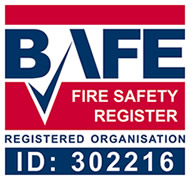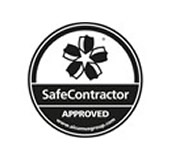When water and electricity mix the results can be deadly. With this in mind, we thought we’d give you a few tips on bathroom safety.
When it comes to electrical safety, the bathroom can become the most dangerous room in the house. Electrical installations in bathrooms come with their own set of special safety requirements and most electrical work must comply with Part P of Building Regulations.
For any electrical work in the bathroom we strongly recommend using registered electricians such as Dalec.
Power sockets- with the exception of shaver supply sockets – are not allowed in bathrooms unless they can be installed at a safe distance of at least three metres from the sink, bath or shower. Shaver supply sockets must also be installed at a safe distance from the shower or bath to avoid contact with water.
The best type of bathroom lighting is a recessed light or a light that is enclosed and does not hang down. Ceiling mounted pull-cord switches are the safest option for bathroom lights as everyday light switches can be dangerous when operated with damp hands.
The safest way to heat your bathroom is with a central heating radiator but if you do have an electric heater, it must be installed at a safe distance from the sink, shower or bath. Again, a pull-cord switch outside the bathroom is the safest way to operate a bathroom heater.
Electric showers should be installed by a qualified electrician and must be supplied on their own circuit, directly from the fuse box.
Last and by no means least, never, ever bring a mains-powered appliance such as a hairdryer into the bathroom as the results can be deadly.








